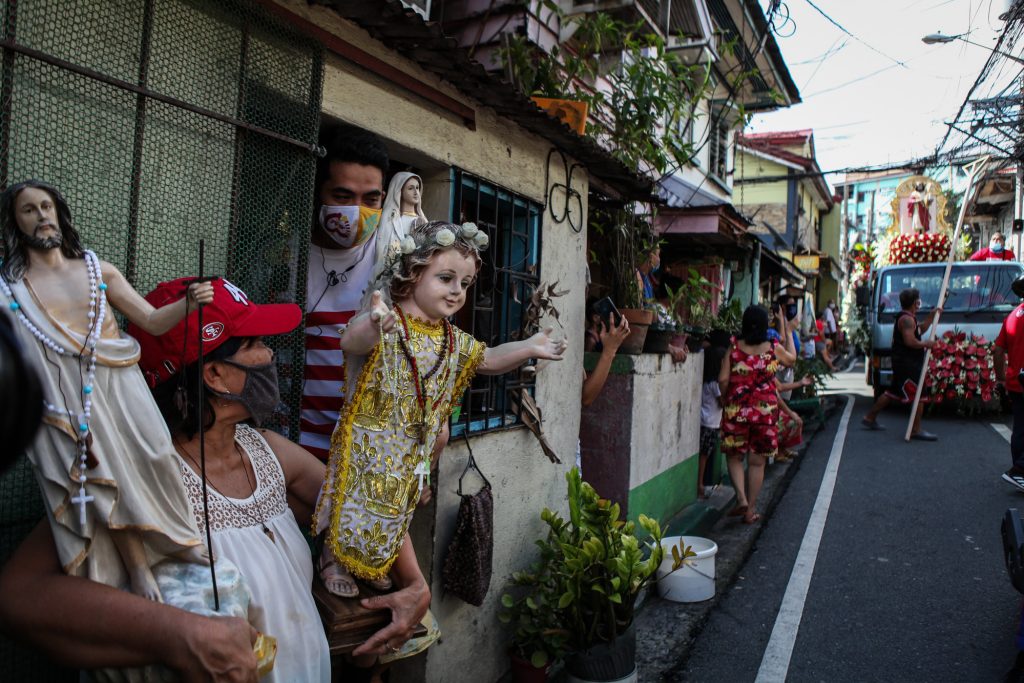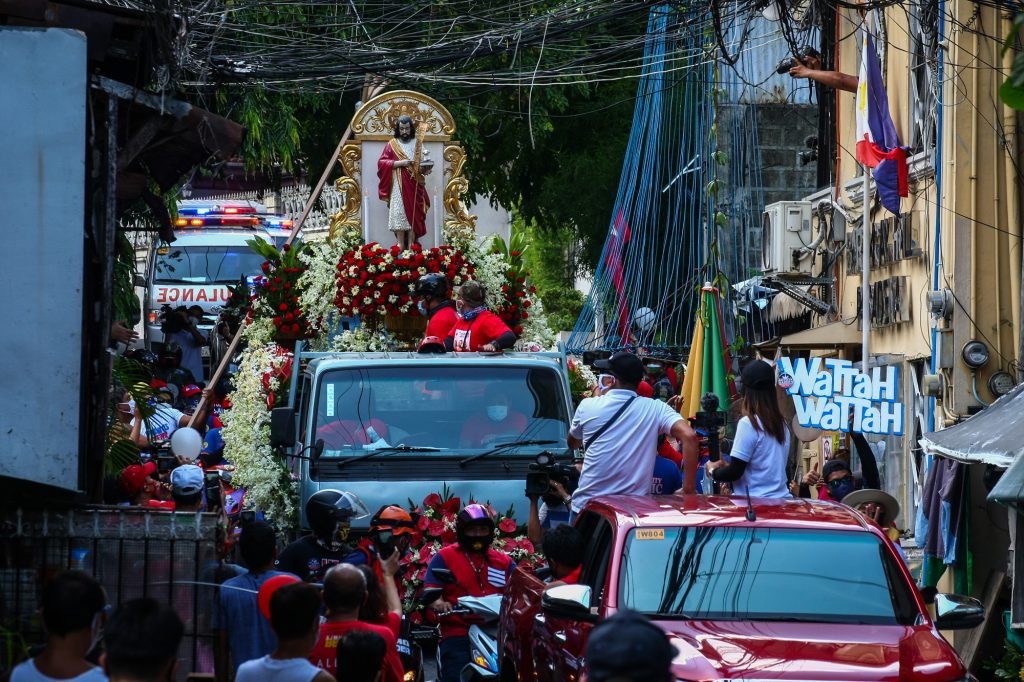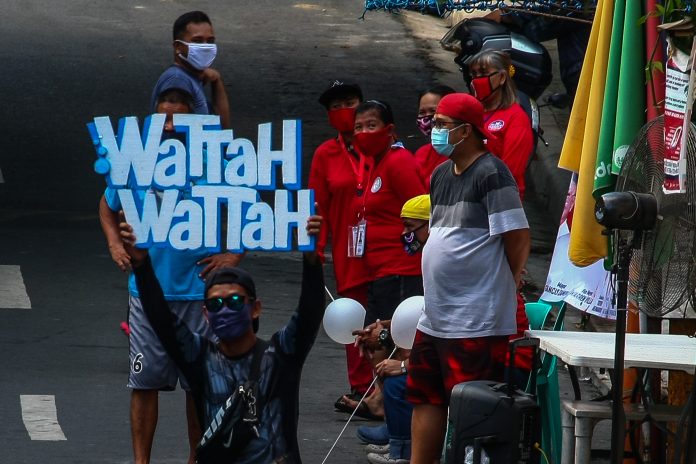THE Philippines’ annual celebration of the feast of St. John the Baptist every 24th of June is known for its being a “wet and wild” street party, especially in the suburb of San Juan in the capital.
This year, however, the faithful and the revelers were left dry as the coronavirus pandemic and the strict community quarantine spoiled the fun.
There was no “Wattah Wattah” festival, no dousing of water, no water wars and wet games using dippers, pails, hoses, and water pistols.
The annual feast supposedly marks the baptism of Jesus by his cousin John in preparation for the Lord’s ministry.
In the country’s rural areas, there were attempts to take a swim at the beach, in nearby rivers, or at local springs, until authorities came around to drive people back home.
In the capital Manila, the town of San Juan use to be the “ground zero” of the celebration. This year, it became the “ground zero” of the first few coronavirus cases in the country in March.
After three months, the town has done “huge headways” against the disease, said Mayor Francis Zamora.
He said he doesn’t want “the collective effort and sacrifices of [the people] and front-liners to be for naught.”
“The festival is an important cultural activity that we want to push through albeit in a solemn and toned-down manner,” said the mayor.

In previous years, people would flock to the St. John the Baptist parish church for a nine-day prayer marathon before the feast day.
This year, only 10 people were allowed into the church during the prayers. People also have to make a call to the parish office days prior to the feast if they want to attend the Mass.
There was no more rowdy procession of the image of St. John the Baptist accompanied by various images depicting a moment in the life of the saint.
Only the image of St. John the Baptist was taken out in the streets for the procession as the faithful observe and pray outside their homes.
Monsignor Vincente Bauson, parish priest of St. John the Baptist parish, noted that this year’s celebration was much simpler but was “more spiritual and communal.”
“This pandemic has given time for people to reflect on their lives in a more isolated, more reflective way,” said the priest.
He said the solitude brought about by the crisis was an opportunity for the faithful to “make way for the Lord.”
“At the end of it all, what really matters are your relationships to people,” said the priest.

Last year, the celebration was also mired with a different circumstance.
From the usual 50 firetrucks participating in the festival, only 16 were used as the Philippine capital faced a water shortage.
With this year’s restrictions, Monsignor Bauson sees an opportunity “to renew the environment.”
“Water is a very important element in the celebration. Although I can’t say if these changes will be made permanent, we will welcome adjustments in the future,” he said.
He reminded the faithful that the message of St. John the Baptist is humility.
“His cry is that ‘[Christ] must increase and I must decrease,’” said the priest, adding that the saint “publicizes Jesus and not himself,” unlike some people who took advantage of the pandemic “to put themselves in the spotlight.”
That’s not how it should be, he said.









